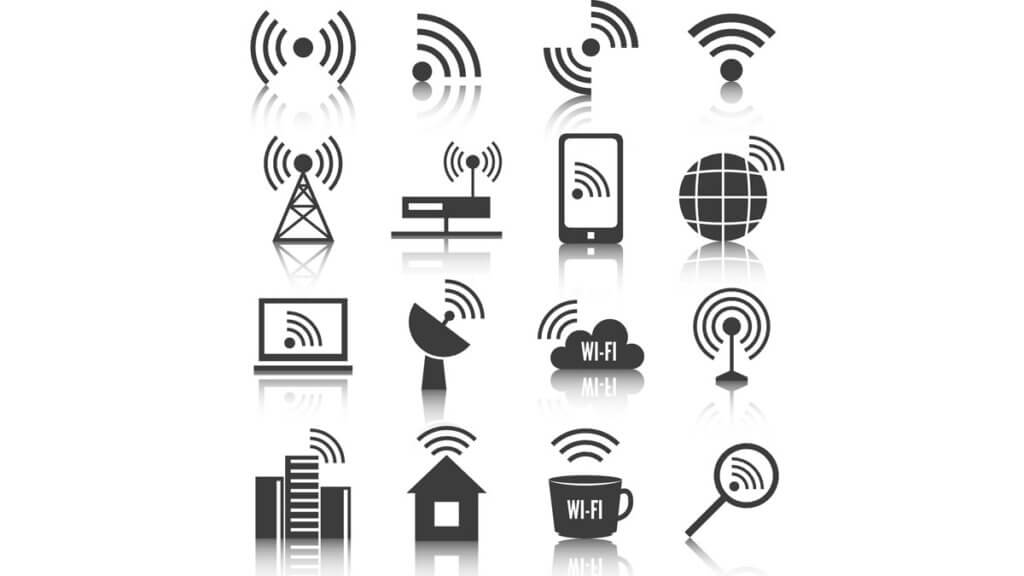Wi-Fi & RF Performance
Over the years, Wi-Fi networks have evolved into planned, managed networks, delivering faster data rates and reliable service using outdoor Hotspots, Enterprise access points (AP), and Homespot gateways. As Wi-Fi Operators continue to rollout and expand Wi-Fi networks, ensuring reliable service and quality is a critical goal. ‘Carrier Grade Wi-Fi’ is an industry movement that will offer solutions and features to harden Wi-Fi infrastructure and sustain connectivity to achieve this. One main area of focus is RF performance of a Wi-Fi device. Maintaining consistent RF performance across all Wi-Fi devices and across all Wi-Fi channels will provide a more consistent RF link budget and dependable link balance. This will enable Wi-Fi Operators to provide reliable and quality network performance and deliver consistent data rates at expected ranges.
Making Wi-Fi Better
The Unexplored Territory of Wi-Fi: RF Performance
CableLabs has completed an initial set of RF performance tests on Wi-Fi devices using its in-house RF anechoic chamber with a state-of-the-art Over-The-Air (OTA) measurement system. RF test measurements follow an industry-based CTIA/WFA (Cellular Telecommunications Industry Association/Wi-Fi Alliance)[1] methodology and test plan. Of particular interest is the measured RF power of a Wi-Fi device. The Wi-Fi industry has adopted a measurement from the cellular industry called ‘total radiated power’ (TRP). TRP is the measurement of the overall RF power of the Wi-Fi device in an RF free environment (i.e. anechoic chamber) taken at multiple positions (every 15 degrees) as shown in Figure 1.
Figure 1. TRP measurement positions following CTIA test plan[2]
TRP is a standard and repeatable method that provides RF characterization of the Wi-Fi device radio and antenna chain as a whole system. TRP is used to characterize the RF performance of transmitter portion of the device.
All Wi-Fi devices must meet ‘not-to-exceed’ regulatory limits that address safety and interference protection to co-existing and adjacent channel inhabitants in unlicensed spectrum. However, historically, there are no minimum RF performance requirements that enforce consistent performance for Wi-Fi devices. Having no minimum RF performance requirements for Wi-Fi devices can introduce inconsistency and variation into Wi-Fi network performance.
Wi-Fi Channel Performance
Results of an initial set of RF characterization measurements on five commercially available Wi-Fi Access Points are shown in Figure 2. The TRP was measured on the low, middle and high channels (1, 6, and 11) in the 2.4 GHz band. The results show a variance in TRP performance within a single access point and across APs on three commonly used channels in the 2.4 GHz band. Such variances make it challenging for a Wi-Fi Operator to provide reliable service and manage a network.
Figure 2. Measured TRP Results of AP vendors illustrating variance within single AP and across multiple AP vendors
The significance of these variances to a Wi-Fi user is shown by using an RF indoor prediction tool to generate coverage differences between two channels of an AP in a common residential house floor plan. Figure 3 uses TRP measurements of AP Vendor 1 to illustrate how two different channels can have different downlink coverage at the same data rates. The heat maps shows that Channel 6 covers 20% greater 65 Mbps coverage than Channel 1 of a 2300 square foot residential home.
Figure 3. Downlink coverage prediction of typical residential floor plan using measured TRP Results
Wi-Fi and You, Today
While the above studies will help cable operators effectively manage the overall Wi-Fi network across a neighborhood, consumers with wireless routers in their homes can also perform some easy steps to assure the strongest signal strength. This blog provides some tips.
Mark Poletti is a Wireless Architect at CableLabs. Neeharika Allanki is an architect at CableLabs.
[1] http://www.ctia.org/policy-initiatives/certification/certification-test-plans
[2] http://www.ctia.org/policy-initiatives/certification/certification-test-plans
